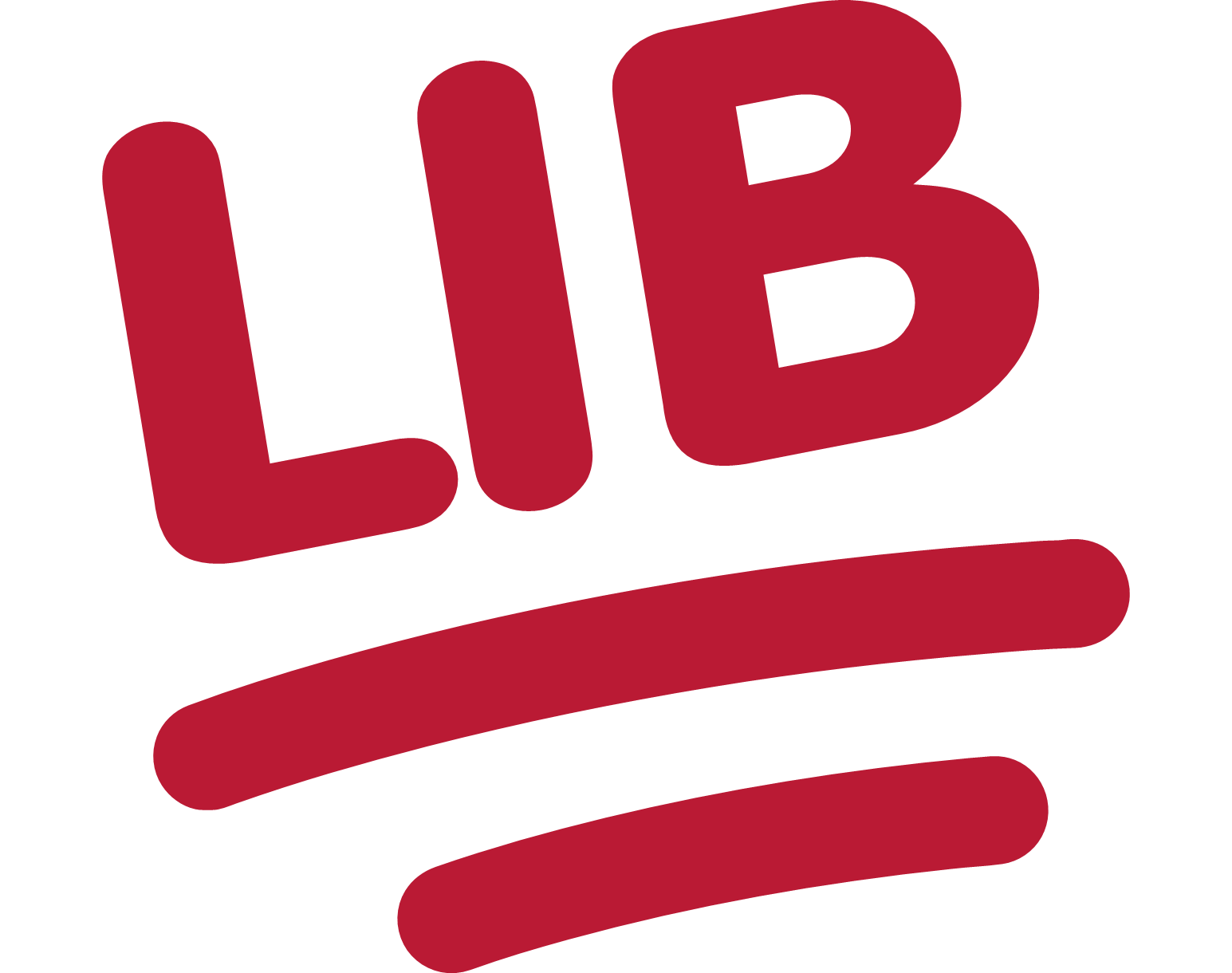Format
-
Reading Volumes 1, 2, and 3 in one year. This will repeat yearly until communism is achieved. (Volume IV, often published under the title Theories of Surplus Value, will not be included, but comrades are welcome to set up other bookclubs.) This works out to about 6½ pages a day for a year, 46 pages a week.
-
I'll post the readings at the start of each week and @mention anybody interested. Discuss the week's reading in the comments.
-
Use any translation/edition you like.
Resources
(These are not expected reading, these are here to help you if you so choose)
-
Harvey's guide to reading it: https://www.davidharvey.org/media/Intro_A_Companion_to_Marxs_Capital.pdf
-
A University of Warwick guide to reading it: https://warwick.ac.uk/fac/arts/english/currentstudents/postgraduate/masters/modules/worldlitworldsystems/hotr.marxs_capital.untilp72.pdf


Actually, you know what, having questions but not asking them for fear of embarrassing oneself is for s:
s:
What is price? It would have to be some combination of use value and exchange value, right?
Edit: Ope, I'm supposed to discuss under the parent comment, sorry!
I like how Radhika Desai describes it: value is like gravity. The “value” of a commodity is an object (or really, the gravity of that object) and price moves around that object like comets and planets move around the sun, if that makes sense.
Value is what determines price all things being equal, but in reality all things are not equal. There are an uncountable number of factors that move the price off the value.
Similar excerpt from Value, Price, and Profit (basically a cliff notes version of Capital):
Excerpt - supply and demand do not explain value
Now, this concept of an ideal price was not innovated by Marx. Adam Smith (regarded by Marx as one of the two great political economists, along with David Ricardo, in Capital chapter 1 footnote 33) thought of this as well and called it natural price.
In fact, Marx was not even the first to come up with a labor theory of value. Adam Smith, a man held in esteem today by modern bourgeois economists, actually himself based his theory on a labor theory of value.
Capital is Marx’s original ideas posed as a critique of political economy (hence the subtitle). So he took these ideas that had already been put forward by Smith, Ricardo, and others, and carried them out systematically to their conclusion, in some aspects more consistently than the original authors.
A flaw in Adam Smith’s theory of labor is the mud pie argument so often thrown at Marx, when really Marx made the theoretical advancement that overcomes it. Smith did not determine what kind of labor creates value and hence counts as social labor. So, someone who makes something socially useless, like mud pies, all day could earn an income in Smith’s model.
What distinguishes Marx’s labor theory from earlier theories is in his recognition of the dual character of labor1, that a singular act of labor is regarded in two different ways in the real practice of capitalism. On one hand, concrete labor produces use values, but on the other hand, abstract labor produces value. Throughout capital, concrete ≈ natural/physical, and abstract ≈ social. All societies produce use values, but only in the capitalist epoch does society behave as though these use values have a distinct property called value, due to being commodities.
1 - Letter from Marx to Engels
In other words, price is the expression of a commodity's value through its relation to the money commodity. Alternatively, its "exchange value in terms of money".
In a market of N total commodities, each commodity has (N-1) relative expressions to other commodities which are all valid expressions of its value; but exactly one of these expressions has money as the equivalent. This one special expression is price. Notice that there is nothing essentially different about price compared to all the other relative expressions. What makes price stand out is that, in practice, the money commodity is used as the universal equivalent.
I would note this question as it will be considered more in detail in later chapters, I think chapter 3.
That's what tracks according to what was already laid out in these first two sections, and according to what I've heard from others, but it still confuses me to think that the actual quality of something does not affect its price.
I mean, surely if two of the exact same thing were made in the exact same timespan, but the one was made in a sweatshop while the other was made in a factory with good conditions and pay, then the latter would be more expensive, right?...
...
...Oh, the latter would just be overpriced, wouldn't it?
Correct. There is a single market price, and competition forces all producers to a minimum of labor expenditure.
If the quality of something is inseparable from what it is, say a gold bar with 99.99999% purity compared to a gold bar that is 98% pure, then you can consider them as two separate commodities because the labor process is distinct for each, and they will have different prices reflecting that.
The method in this chapter is one of observation, observing the real behavior of capitalist society. It is a fact that there are “going rates” for things, quantitative relations between all the commodities (mainly with money, ie prices).
This is basically the Hegelian immanent critique. That is outside the scope of this book, but I thought I would mention it. The commodity is being considered strictly by its own internal logic, without imparting what we already “know” about it. As much as possible, we are observing as it exists in itself and as it relates to other things.
Mindblowing!
Is the value of money also treated later? Seems like money has an exhange value that in some manner should equate to the labor expended to produce it. But this labor quantity appears relatively low, and does not vary much between $1 and $100 notes. Does this constitute an exception (e.g. the value of the banknote is representative), or is the labor involved in making money somehow more complex than just the physical process of manufacture?
It will be discussed especially in chapter 3, which is notoriously one of the most difficult chapters of vol 1. The first three chapters lay the foundation, then the rest is the consequences.
For now I will just say that money as you mention it having minimal labor cost is just a token for an underlying money commodity. How this exactly works today with respect to fiat currency is beyond the scope of volume 1 but is an active area of discussion in Marxist scholarship.
Edit: on second thought I don’t remember if Marx directly talks about token money as such in chapter 3. But he does talk about it in his 1859 critique of political economy which was the precursor for Capital.
Try to understand the money commodity first, and then all the various functions of money (money of account, money as a measure of value, etc.) all explained in chapter 3.
Nice, I'll keep that in mind. For now, I'll think of money as mainly gold coins or something similar which actually would have a labor expenditure corresponding to its value.